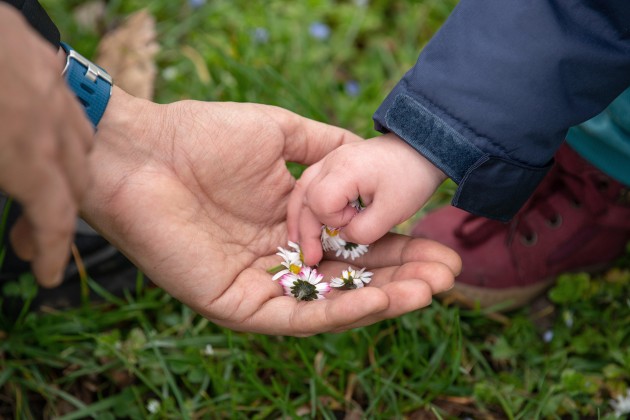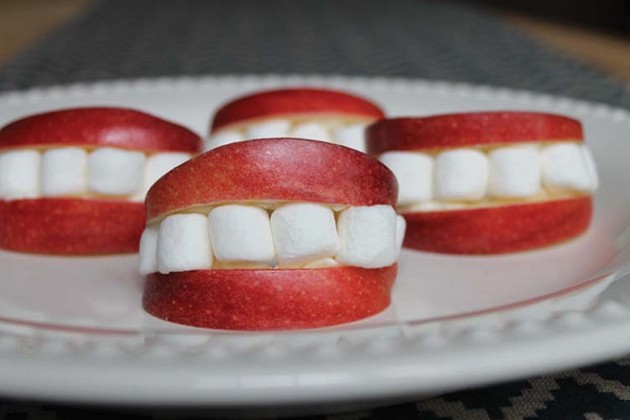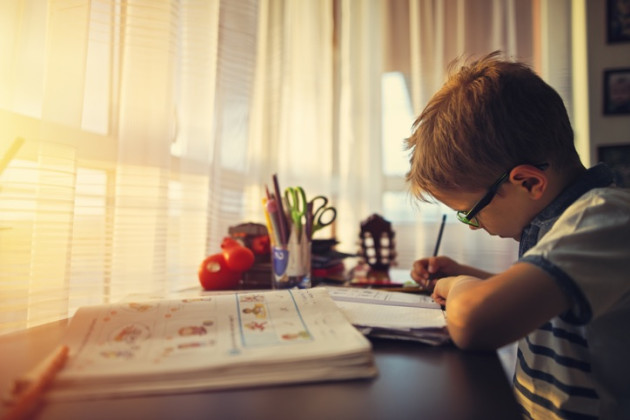Make Reading a Habit That Will Last a Lifetime

Raising a reader in an increasingly screen-filled world can seem like an impossible and, sometimes, unnecessary or obsolete pursuit. But don’t give up: Reading will always be a timeless pleasure and the foundation of all learning.
Highlights interviewed retired library teacher, Mary Granzow, about how to build good reading routines with kids. Granzow inspired generations of readers at Wood Gormley Elementary in Santa Fe, New Mexico, and she shared her best tips to help foster a love of kids' reading:
Model reading
Well before children learn to read, parents need to “read, read and read.” “It's important to have reading material around — books, magazines, newspapers,” Granzow said. She noted that she is not a fan of electronic books for kids. “They need to hold that book, and to turn those pages,” she said, and then they’ll often need to go back and look at pages they’ve already read.
Even after kids are reading independently, Granzow recommends reading together at night through fifth grade or beyond. She said this is time well spent because it sometimes takes a while for a child to become an avid reader.
“It catches on at different times,” Granzow said. “You have your stereotypical kid that reads from a very early age, but then you also have kids that catch on in third or fourth grade.”
When parents read with their kids, they help make reading a habit and build the foundation for early literacy, she added.
Try all genres
Good reading habits also start with access to all sorts of books. “You never know what genre catches a child's imagination,” Granzow said.
Today’s children’s literature has broad appeal. Kids can read fantasy, fiction, humor, graphic novels — even the potty genre. “They just love it, they think it’s so funny,” she said. “But they grow out of it and let it go.”
Granzow said she initially didn’t like popular graphic novels, but she has come to appreciate them more. “They’re very sophisticated, some of them,” she said. And when kids are interested in the subject matter, they tend to bring that zest to their reading.
Reading will always be a timeless pleasure and the foundation of all learning.
Order magazines and be excited
“It's very exciting for a young child to get a magazine in the mail,” Granzow said, and she encouraged parents to show their enthusiasm for reading materials as well. “I literally hug the book!” she said.
With shorter passages and lots of variety, kids magazines are a great way to support reading for fun. A magazine subscription gives your child something exciting to look forward to every month, delivered right to their mailbox. It’s a simple way to make reading feel like a special treat.
Give the gift of books
Give books as presents for birthdays and special occasions. Granzow said the Wood Gormley library has a program where parents can buy a special book for the library and dedicate it to their child on their birthday. This helps kids feel that their favorite book choices are being represented in the library and that they’re helping to lead other kids to their favorite stories.
Well before children learn to read, parents need to “read, read and read.”
Be creative. Or not.
“I found the best thing I could do (with students) was to read to them. That’s what they loved,” Granzow said. “I spent all this time trying to work up all these games and interesting activities, and all they wanted was for me to read to them! … You could just see it in their faces. They loved it.”
Granzow also used to play a game where kids would imagine inviting three of their favorite book characters to share a meal and describing what they would all eat. “I don’t know what it taps into but they just get into the character,” she said. “That really catches their imagination.”
Kids also loved to make bookmarks featuring their favorite book character. Granzow said it helped them imagine that character traveling with them on their reading journeys.
Go to the library
Actual books still populate the children’s sections of the libraries, but as kids age into middle school, many of their bookshelves can get evicted by computers and workstations. Granzow said middle school kids would come back to visit her and lament their lack of “real” libraries at school.
It is common for reading to fall off somewhat in seventh grade as academics take precedence, but Granzow has seen many older kids return to the picture books, graphic novels and other early reads that gave them such delight as young readers.
“They sit there and they look through the picture books” or the early chapter books such as “Captain Underpants” or “Junie B. Jones,” Granzow said. “It’s like comfort food.”
Whether they’re lifting the flaps, snuggled in at bedtime or reading to you, you'll open worlds of discovery together.









